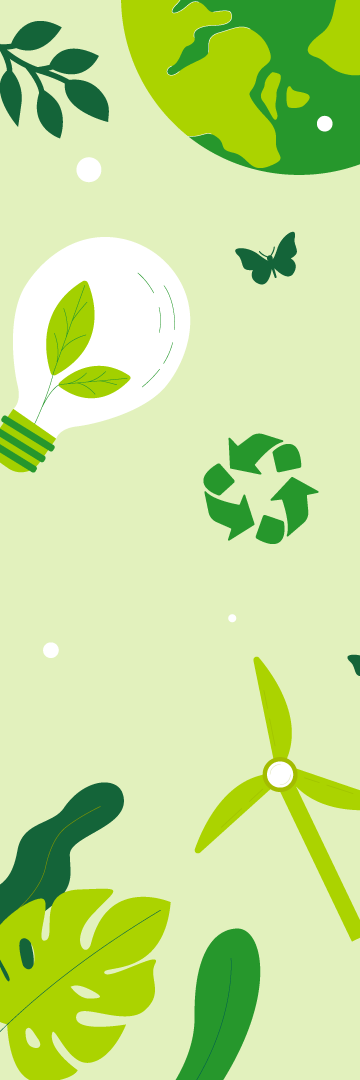From espresso coffee to activated carbon - Our female scientists are one step away from a new cosmetic product
(Photo: Peter Bernik/shutterstock.com)

Fortunately, Serbia has researchers, such as Miljana Mirković and Ana Kalijadis from the Institute of Nuclear Sciences in Vinča, who take care of this for us.
Namely, their project is entitled "Potential of coffee in the cosmetic industry - from waste to active ingredients for biocosmetics production" and considers how to make good use of the leftovers after making espresso or filter coffee.
- The theme of the project is based on the fact that the remains of espresso (or any other coffee) represent a rich organic source of carbon that can be converted by a simple process into activated carbon. In this way, the material with good functional properties is obtained which can be used in cosmetics - project manager Miljana Mirković tells eKapija.
The idea to focus on this topic came spontaneously. Miljana saw the process of preparing espresso coffee in a restaurant, where the bartender, after preparing just one coffee, shakes out a waste amount weighing 20 grams in the drawer below.
- After one day, the estimate is to generate, depending on consumption, from half a kilogram to a kilogram a day! Ana and I are connected by a long and beautiful scientific collaboration. When I came to her with a proposal to try to convert waste coffee into carbon material, she agreed immediately to do the job, because she has over 20 years of experience in working with carbon materials - our interlocutor states.
The project envisages that the residues are processed by pyrolysis, and to obtain carbon materials that can be used in cosmetic products. It is about, as the interviewee of our portal explains, an extremely simple process which can be carried out in scientific research organizations or industry, which are involved in the synthesis/production of carbon materials and have high-temperature furnaces.
She explains that there are a variety of waste materials rich in organic matter that can be translated into active carbon materials. The type of coffee itself has no significant role in what kind of material will be obtained.
(Photo: Miljana Mirković)

- The pyrolysis process enables a simple process of heating in a controlled atmosphere to obtain carbon material with a carbon content of over 95%. Activated carbon is a material that has been known to the general public for a very long time and is in commercial use in various pharmacological and cosmetic products. The very increase in coffee consumption in households and in cafes made us think that a large amount of waste is certainly being generated, which is impossible to use by composting or in some other way - says Mirković.
________________________________________________________________________________________________________________
The project "Potential of coffee in the cosmetics industry – from waste to active ingredients for the production of biocosmetics" was awarded with a circular voucher. What does that entail?
- Circular vouchers imply a cash award worth USD 10,000 to a scientific research organization,
in our case to the Institute for Nuclear Sciences Vinca - Institute of national importance for the Republic of Serbia of the University of Belgrade and the company participating in the realization of the project. This project encourages and promotes circular economy in a local context, the Ministry of the Environment and UNDP in partnership are implementing the project "Decreasing the carbon footprint of local communities by applying the principles of the circular economy in the Republic of Serbia - circular communities in Serbia", with the financial support of the Global Environmental Fund (GEF). Our project is a proof of concept in which, in addition to obtaining the material itself and its implementation in the final cosmetic product, we also work on obtaining safety sheets and certificates that prove that the product itself is safe for use. ChemLegis from Belgrade helped us with this project to whom we are immensely grateful for the support and realization of the project.
________________________________________________________________________________________________________________
The disposal or composting of such waste is still not regulated, and our interlocutor says that there are initiatives related to composting food from restaurants, which received EU or UNDP funding. However, for the time being, all these actions of composting or converting waste into final materials
which can be used are realized precisely within the cooperation projects of science and industry.
- Composting is a process that releases a significant amount of gases that participate in the creation of the greenhouse effect, so our project aimed at a somewhat different approach, and that is to obtain a functional, stable material from coffee waste that is not subject to further decomposition - Mirković notes.
After they obtained the functional carbon material and characterized it, it was submitted for further analysis and safety evaluation. Currently, the final product is being designed in cooperation with the natural cosmetics company Amelles, with whom they have already established excellent cooperation.
- Our expectations and current work is focused on the production of the final cosmetic product in the form of a cleansing milk based on activated carbon. The focus of our research in the future will definitely continue to be on the protection of the environment, using materials that can be used to remove pollutants or obtain new materials by recycling processes or reuse of waste materials - Miljana Mirković concludes.
Aleksandra Kekić

Click here to see the entire Special Edition Newsletter
"ECONOMICALLY ECOLOGICAL - Green is the new black"
Back to newsletter






























